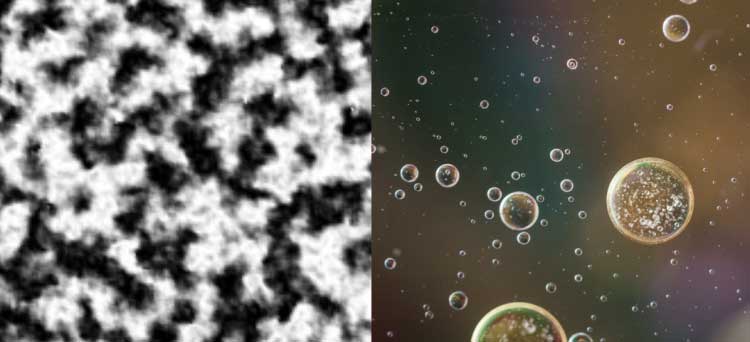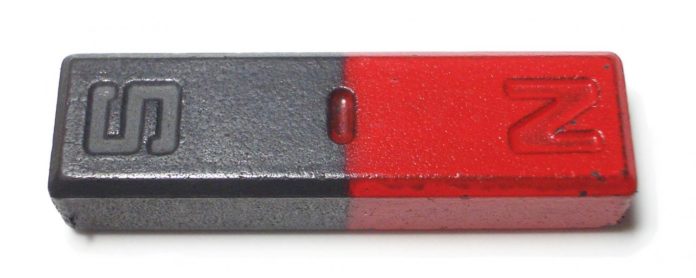Hitting an ultrathin magnet with laser abruptly de-magnetizes it. Such sub-picosecond magnetization manipulation via femtosecond optical pumping. However, this strange phenomenon is not yet well understood due to the difficulty in experimentally probing such as rapid dynamics.
Now, scientists at CU Boulder are digging into how magnets recover from that change, regaining their properties in a fraction of a second. They found evidence on a universal rapid magnetic order recovery in ferrimagnets with perpendicular magnetic anisotropy via nonlinear magnon processes.
The study suggests that zapped magnets actually behave like fluids. Their magnetic properties begin to form “droplets,” similar to what happens when you shake up a jar of oil and water.
For the study, scientists drew on mathematical modeling, numerical simulations and experiments conducted at Stanford University’s SLAC National Accelerator Laboratory.
CU Boulder’s Ezio Iacocca said, “Researchers have been working hard to understand what happens when you blast a magnet. What we were interested in is what happens after you blast it. How does it recover?”

Specifically, scientists zeroed in on a short but critical time in the life of a magnet—the first 20 trillionths of a second after a magnetic, metallic alloy gets hit by a short, high-energy laser.
Iacocca explained, “magnets are, by their nature, pretty organized. Their atomic building blocks have orientations, or “spins,” that tend to point in the same direction, either up or down—think of Earth’s magnetic field, which always points north.”
“Except, that is when you blast them with a laser. Hit a magnet with a short enough laser pulse and disorder will ensue. The spins within a magnet will no longer point just up or down, but in all different directions, canceling out the metal’s magnetic properties.”
“Researchers have addressed what happens 3 picoseconds after a laser pulse and then when the magnet is back at equilibrium after a microsecond.”
During experiments, scientists ran a series of experiments in California, blasting tiny pieces of gadolinium-iron-cobalt alloys with lasers. Then, they compared the results to mathematical predictions and computer simulations.
And they found that the things got fluid. The metals themselves didn’t turn into liquid. But the spins within those magnets behaved like fluids, moving around and changing their orientation like waves crashing in an ocean.
CU Boulder’s Mark Hoefer said, “We used the mathematical equations that model these spins to show that they behaved like a superfluid at those short timescales.”
“Wait a little while and those roving spins start to settle down forming small clusters with the same orientation—in essence, “droplets” in which the spins all pointed up or down. Wait a bit longer, and the researchers calculated that those droplets would grow bigger and bigger, hence the comparison to oil and water separating out in a jar.”
“In certain spots, the magnet starts to point up or down again. It’s like a seed for these larger groupings. A zapped magnet doesn’t always go back to the way it once was. In some cases, a magnet can flip after a laser pulse, switching from up to down.”
Iacocca said, “Engineers already take advantage of that flipping behavior to store information on a computer hard drive in the form of bits of ones and zeros. If researchers can figure out ways to do that flipping more efficiently, they might be able to build faster computers.”
Iacocca said, “That’s why we want to understand exactly how this process happens, so we can maybe find a material that flips faster.”
The research was partly supported by the U.S. Department of Energy, Basic Energy Sciences.
Co-authors on the study also included researchers at Chalmers University of Technology, SLAC National Accelerator Laboratory, Tongji University, University of York, Stockholm University, Ca’ Foscari University of Venice, Temple University, European X-Ray Free-Electron Laser Facility, Nihon University, Radboud University, University of Liège, Sheffield Hallam University and Uppsala University.
The study is published in the journal Nature Communications.
